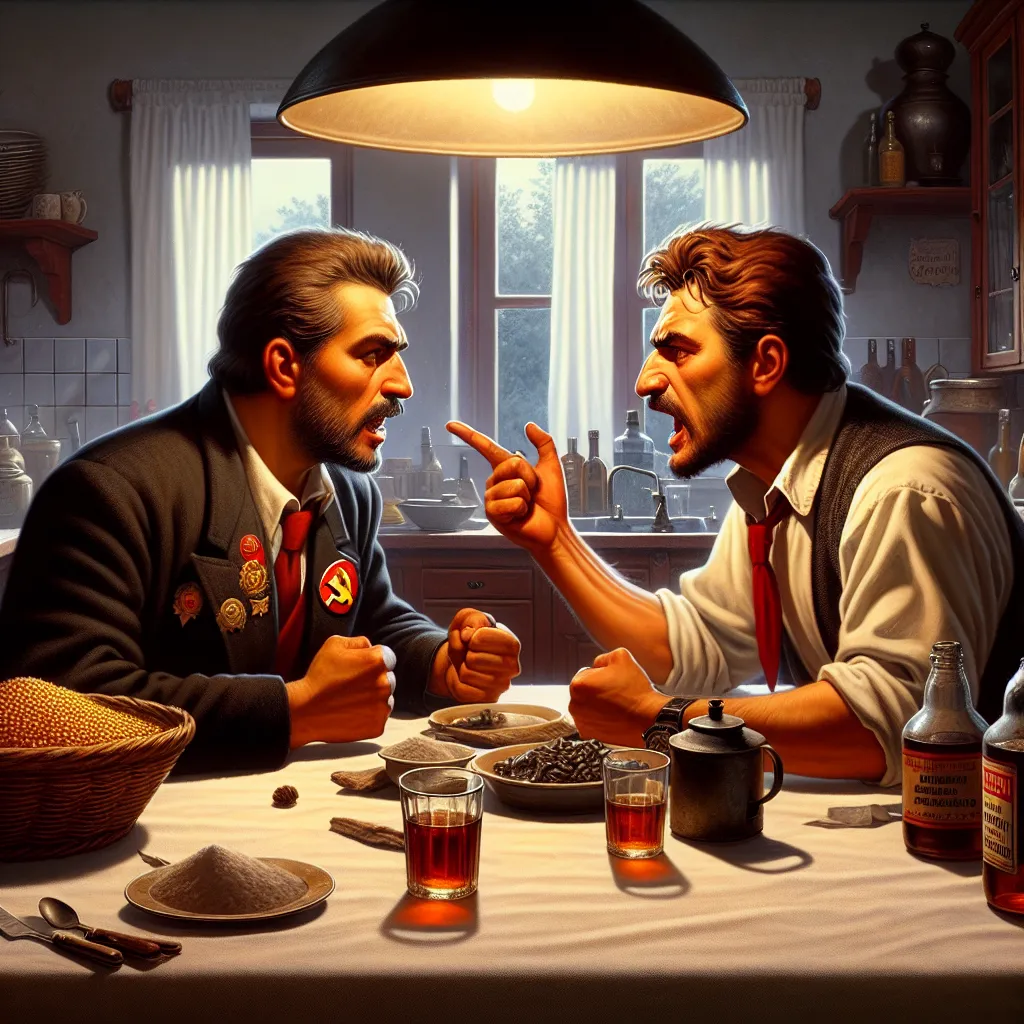Bulgarian ownership: when all the property was stolen.

In the second half of the1940s, two people sat at the kitchen table in Plovdiv and argued late into the evening. One of them was a communist, a former partisan of World War II, and the other was a small entrepreneur. The entrepreneur, warning the communist, said: "Don't do this. Don't take people's property. Because it will be like this: you start with the rich, you eat their money until it runs out. Then you take the money from the middle class, and when it runs out for them, you will eat theirs too. Then you will go after people living in poverty, and on that day that you do this, you will fall." This is a joke remembered in the family, which was one of many that were victims of decisions made by people much more powerful than these two ordinary men at the kitchen table, a family that after the fall of communism turned to the court for compensation..
Start
** The Bulgarian Communist Party destroyed all opposition to seize a monopoly on power after the end of World War II. Initially, it declared that there would be no nationalization of private property. This lie quickly disappeared. In the society of Bulgaria in the1940s, the tradition of homeownership was rooted, especially in cities, which were much smaller than they are now (nationalization was one of the main reasons for this change), while the countryside was characterized by small-scale farming. In1946,93 percent of farms had an area of less than10 hectares. Perhaps if post-war Bulgaria had progressed without communism, there would have been a complete recovery in households after the deprivations caused by diverting food to the Nazi war machine. However, the communist regime, wielding absolute power, began taking everything into its hands. In1946, industrial nationalization began. The following year saw the nationalization of financial institutions, and the next year, the wholesale trade was nationalized. Alongside this, private entrepreneurship was banned, except for a few craftsmen and small businesses that could obtain licenses to operate. The Communists supported collectivization, which developed rapidly and turned into the creation of mass collectives. Small farms were destroyed and merged into huge complexes, sometimes based on the same crops, sometimes not.




On the home front
The attitude towards private property in housing distinguished communist Bulgaria from other countries in the socialist bloc. By using the term "personal property" instead of "private property," the rules allowed people to own about 120 square meters of residential real estate in the city or town of residence and one small property outside the city. Unfortunately, it is difficult to say how many residential houses were taken by the state. The only measure is an assumption based on thousands of compensation claims filed in the 1990s. By examining some of the residential buildings in Sofia that were selected, one can conclude that the vanguard of the proletariat understood very well which valuable and stylish houses to choose. Besides the obvious destruction of the natural real estate market, the psychological impact was enormous. Some studies link the disappearance of property to a negative attitude towards the common areas of apartment buildings and condominiums, leading to their neglect precisely due to the lack of a sense of common ownership—a legacy that will persist after communism. The large-scale process that resulted in people moving from rural areas to cities for work (the term is used cautiously, considering the old saying from the communist era that "we pretend to work, and they pretend to pay us") in state factories also meant the construction of apartment buildings. Since the late 1960s, panel apartment buildings began to be constructed to fit the "personal property" system, for which buyers had to pay the state, as usually about half of the apartments in a building were allocated for private ownership. The completion of model projects, whether residential or industrial, provided opportunities for propaganda for the communist bosses. Housing administration was carried out by municipalities, and housing availability was determined by waiting lists, prices set by the authorities, and, as many anecdotes say, bribes. In the 1960s, the state also sold nationalized property to tenants—a trend that later caused problems during compensation.
Comment
Popular Posts
Popular Offers

Subscribe to the newsletter from Hatamatata.com!
Subscribe to the newsletter from Hatamatata.com!
I agree to the processing of personal data and confidentiality rules of Hatamatata










